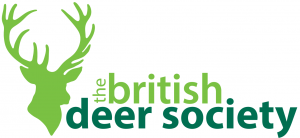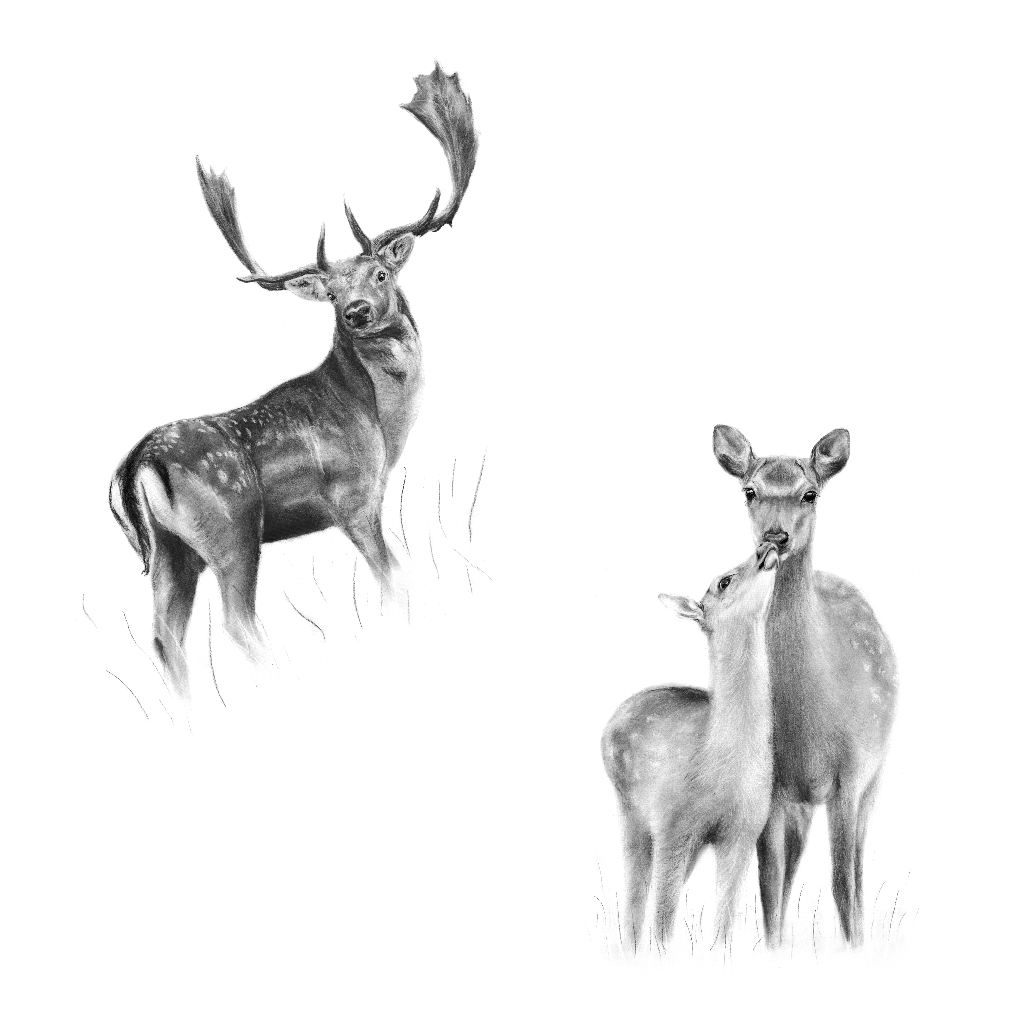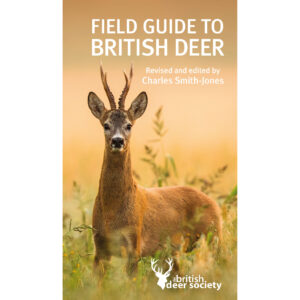Bluetongue: Essential Guidance for Deer Managers and Stalkers
Share article:
Article by:
News Alert, Disease Prevention, British Deer Society
Latest Update on Bluetongue Virus and Its Implications for Deer Management and Stalking
Updated as of 2nd October 2024, Bluetongue serotype 3 (BTV-3) has been confirmed in a number of cases in Great Britain. The restricted zone and infected area was extended on 30 September. The zone now covers East Riding of Yorkshire, City of Kingston upon Hull, Lincolnshire, Cambridgeshire, Bedfordshire, Hertfordshire, Greater London, Surrey, East Sussex, West Sussex and part of Hampshire.
Cases not in bluetongue zones
There are five cases of BTV-3 not currently in a zone. The premises are in Bath, north east Somerset, Shropshire, Cheshire, Anglesey and in Gwynedd. The animals moved to the premises from areas where disease is now known to be circulating, but the moves took place before bluetongue restrictions were put in place. The premises are all under restriction and the infected animals have been culled.
The following update provides essential information for deer managers, stalkers, and those involved in deer management to help prevent the spread of this viral disease.
Understanding Bluetongue and Its Impact
Bluetongue is a viral disease affecting deer and other ruminants, including cattle and sheep. While it does not pose a risk to humans and does not affect food safety, it has significant implications for deer management, particularly in areas where the disease is present.
Key Considerations for Managing and Stalking Deer
- Disease Spread:
Deer as a Reservoir for Bluetongue: Deer can act as a reservoir for the bluetongue virus, potentially spreading it to domestic livestock. This risk is especially relevant near farms and managed herds, making vigilance essential for deer managers and stalkers in affected areas.
Spread by Midges: Bluetongue is spread by biting midges. Although it can be mild in deer, with many animals showing no outward signs, the risk of disease transmission remains significant.
- Signs of Bluetongue in Deer:
Bluetongue Signs: The disease gets its name from a distinctive signs —restricted blood supply to the tongue and lips, which can turn them blue or even black though this may only be apparent in the latter stages of infection. Other signs to look out for include:
– Swelling of the mouth, head, and neck
– Discharge from the eyes and nose
– Drooling, caused by ulcers in the mouth
These signs, although sometimes less pronounced in deer, are crucial indicators for managers and stalkers to monitor.
- Disease Reporting:
Bluetongue is a Notifiable Disease: If you suspect bluetongue infection in deer or any other animal, you must report it immediately. Failure to report it is illegal. Contact details for Defra/APHA, who are the relevant authorities, in your region are:
– England: 03000 200 301
– Wales: 03003 038 268
– Scotland: Your local Field Services Office if you are in Scotland.
- Disease Prevention:
Movement Restrictions: In zones where bluetongue has been detected, such as Norfolk and Suffolk, the movement of live deer is restricted. However, regarding the movement of deer carcasses within and between restricted zones, the outbreak licensing team has confirmed that there are currently no restrictions on moving carcasses between any zones.
Deer managers and stalkers should continue to check bluetongue updates in case this changes in the future. To move live deer from these areas to other parts of Great Britain, ensure you obtain a movement licence and follow all regulatory requirements.
Importing Trophies or Animal Products: When importing animal products, ensure that all UK disease prevention laws are followed. This helps prevent the virus from being introduced into new areas.
Preventing Contamination Ensure that individuals who have been in contact with deer in infected areas do not bring contaminated clothing, boots, or equipment into non-infected areas of the UK. Contaminated items could introduce bluetongue into other parts of the UK and spread the disease.
- Awareness for Deer Managers and Stalkers:
Stay Updated: Regularly check for updates on the bluetongue situation in affected areas and adhere to any new guidelines issued by authorities.
Take Precautions: Even though bluetongue can present mildly in deer, maintaining awareness and taking preventive measures are crucial. Use appropriate repellents and minimise unnecessary movement of potentially infected animals.
Resources and Support
For more detailed information, including the latest on control zones and disease management, visit the Department for Environment, Food & Rural Affairs and the Animal and Plant Health Agency websites.
Key Actions for Deer Managers and Stalkers:
Stay vigilant: Monitor deer for any signs of bluetongue, especially the characteristic symptoms, and report suspicions immediately.
Follow movement and importation guidelines: Adhere to all movement restrictions, licensing requirements, and import regulations to help prevent the spread of bluetongue.
Promote disease awareness: Ensure others are aware of the risks and preventive measures to avoid spreading the disease.
By staying informed, following these guidelines, and promoting disease awareness, you can help efforts to manage and control bluetongue effectively.
passionate about protecting deer
If you are passionate about protecting deer populations and supporting sustainable deer management practices, consider joining the British Deer Society (BDS). Your membership helps fund vital research, educational initiatives, and conservation efforts across the UK.
Alternatively, you can make a donation to help us continue our work. Together, we can make a difference.











